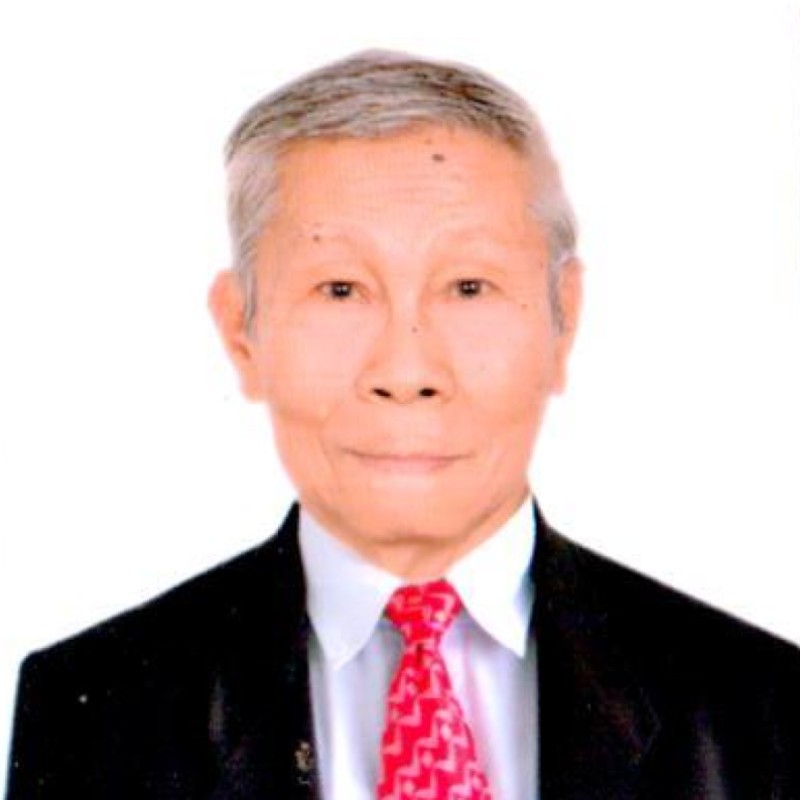GLIMPSES & GAZES
By Severino C. Samonte
PAGASA Staff: The country's weather watchers
Share
Fifty years after its creation, the Philippine Atmospheric, Geophysical and Astronomical Services Administration or PAGASA can be considered as one of the most useful and busiest national government agencies whenever tropical cyclones and other weather disturbances hit or threaten to affect any part of the country, especially during the prevalence of the worldwide climate change.
This is because PAGASA officials and personnel have to be always proactive, meaning that they must always be on watch for whatever is expected to happen in the Philippines and nearby countries anytime with regards to changes in weather conditions and other phenomena as well as monitor reports of weather authorities in other countries so they can issue proper warnings to Filipinos.
Aptly called weathermen, PAGASA people also have to make appropriate weather outlook for air and sea travelers daily, seven days a week and 52 weeks or throughout the year as well as warning on heavy rainfall and possible flooding every now and then, especially during the rainy and typhoon season.
The weathermen also have to be always on alert for what is called a low pressure area (LPA) anywhere in the country that could develop into a tropical depression, storm or destructive typhoon. In such cases, they must issue as soon as possible the necessary warning to the people, including those in the air and seas, as well as officials of national and local governments.
PAGASA also has the function of warning against droughts and flooding in the country caused by the weather phenomenon called El Nino or La Nina, respectively.
Owing to the importance of the functions assigned to them, the PAGASA weather watchers, unlike the staff of most other government offices, are expected to stay on their posts, on a rotation basis, even during official holidays and the Holy Week.
Of course, there are several other national government agencies whose personnel are also required to stay on their posts, whether there are calamities or not. They include those of the Philippine National Police (PNP), Armed Forces of the Philippines (AFP) and its various commands and services, including the Office of Civil Defense (OCD), National Disaster Risk Reduction and Management Council (NDRRMC), Philippine Coast Guard (PCG) and Philippine Air Force (PAF).
Officials and personnel of the Department of Social Welfare and Development (DSWD) also become very busy distributing relief goods during calamities caused by tropical cyclones, severe floodings and during earthquakes and volcanic eruptions.
The Department of the Interior and Local Government (DILG) has to monitor the preparedness of local government units nationwide.
In the National Capital Region, the Metropolitan Manila Development Authority (MMDA) traffic personnel have to regulate vehicular flow even during heavy rains and severe flood situations.
Another national government office that becomes very busy during emergencies is the Department of Health (DOH) which maintains national and regional government hospitals staffed by government doctors, nurses and other health personnel across the country.
BACKGROUND:
PAGASA was created under Presidential Decree No. 78 issued on Dec. 8, 1972 by then President Ferdinand E. Marcos Sr. to replace the former Philippine Weather Bureau.
Originally attached to the Department of National Defense, PAGASA was later transferred to the Department of Science and Technology (DOST), together with several other bureaus and agencies which included the Philippine Institute of Volcanology and Seismology (Phivolcs). The latter has been tasked to investigate the causes and nature of earthquakes, volcanic eruptions and other geological phenomena.
Marcos said he created PAGASA "to provide protection against natural calamities and utilize scientific knowledge as an effective instrument to insure the safety, well-being and economic security of all the people, and for promotion of national progress."
Among the major functions, powers and duties of PAGASA are:
* To observe and report the weather of the Philippines and specified adjacent areas, issue forecasts and warnings of weather and flood situations affecting national safety, welfare and economy.
* To undertake, in coordination with other agencies, activities geared towards the moderation of typhoons, availing of modern scientific and technological advances in order to reduce their destructive potentials while retaining their beneficial effects.
* To conduct continuous earthquake recording and observation through an adequate seismological network throughout the country to gather as much information as may be necessary for determination of safety factors in the design of building structures and infrastructures.
*To coordinate with international organizations in tsunami (seismic sea wave) and typhoon warning dissemination particularly to the coastal regions of the Philippines bound to be affected.
The creation of PAGASA came just two-and-a-half months ahead of the birth of the Philippine News Agency (PNA) which was established as the national government's official news outfit on March 1, 1973. It replaced the defunct Philippine News Service (PNS), a privately-owned news-gathering cooperative which existed from 1950 until the declaration of martial law by President Marcos in September 1972.
Since both PAGASA and PNA are engaged in disseminating information, they have become partners in this undertaking since 1973 until today. PNA disseminates PAGASA's weather forecast and other information through the former's provincial and regional bureaus as well as its partner news agencies around the world.
Incidentally, the former PNS and the old Weather Bureau had a similar partnership with the use of the World War II teletype system from the 1950s to 1972.
Comments
About the Columnist

He began his journalistic career by contributing to the Liwayway and Bulaklak magazines in the 1960’s. He was the night editor of the Philippine News Service when Martial Law was declared in September 1972. When the Philippine News Agency was organized in March 1973, he was named national news editor because of his news wire service experience.
He retired as executive news editor in 2003. He also served as executive editor of the Malacanang-based Presidential News Desk from 1993 to 1996 and from 2005 to 2008.
